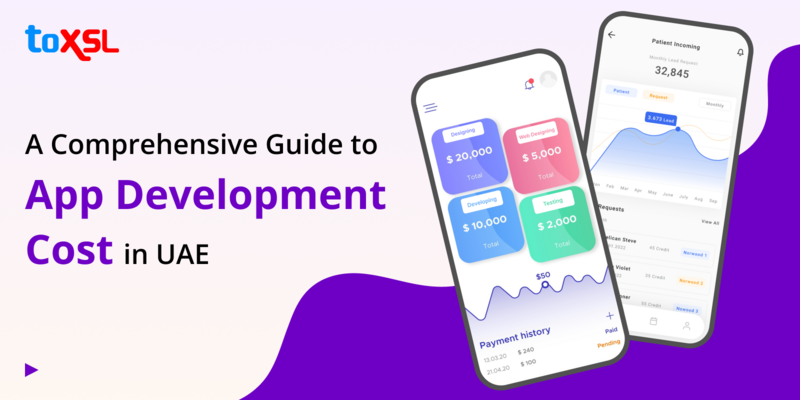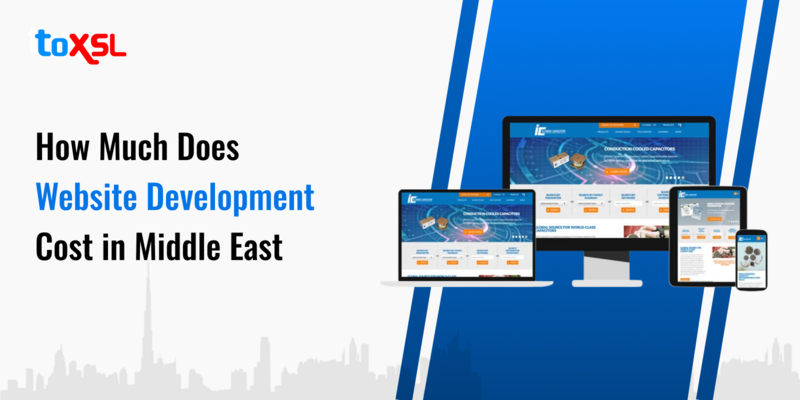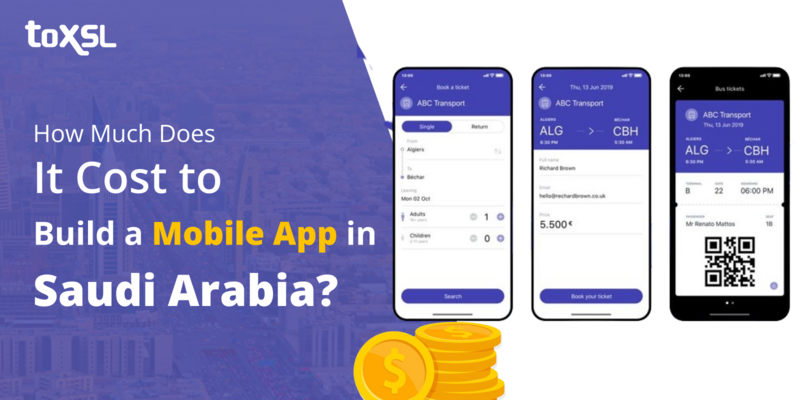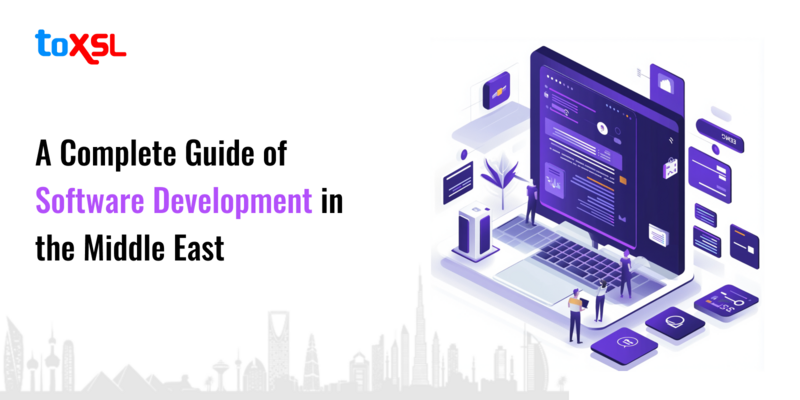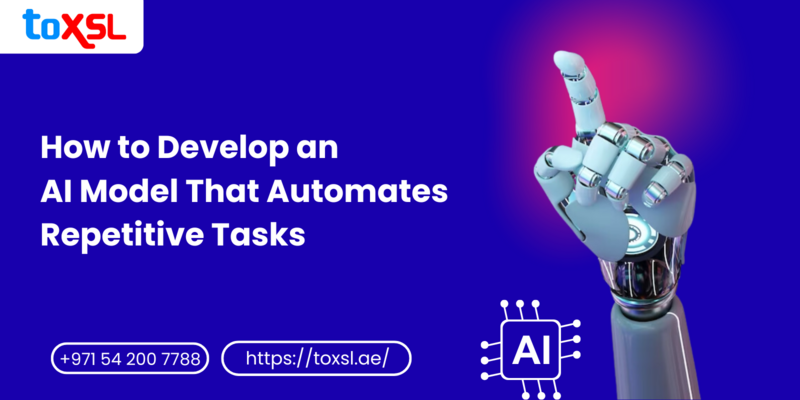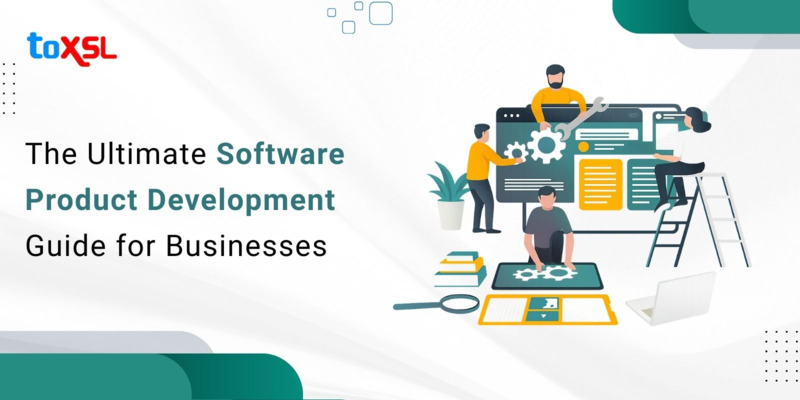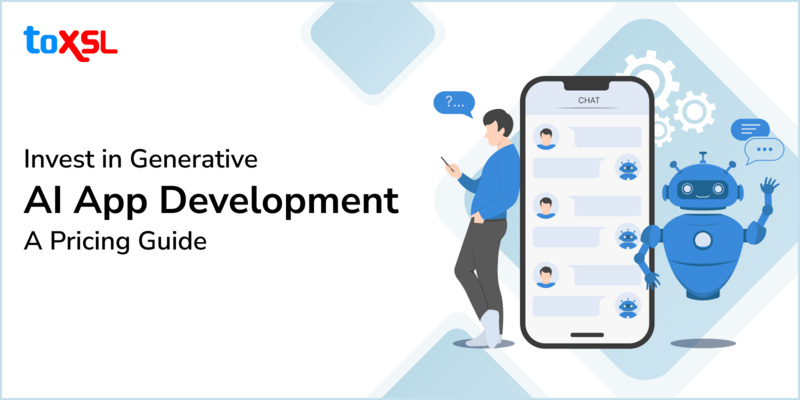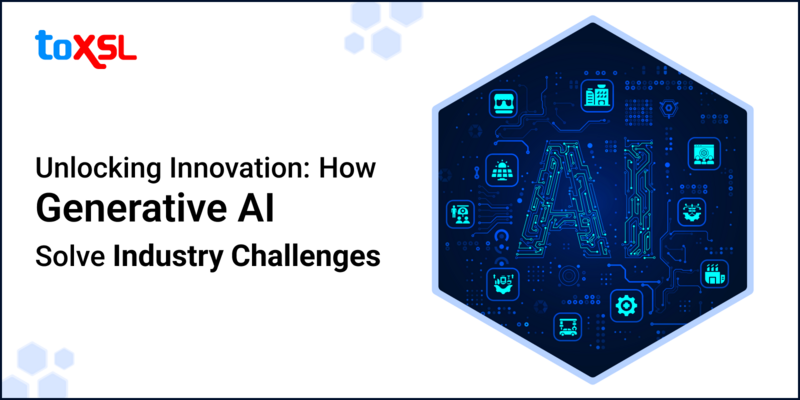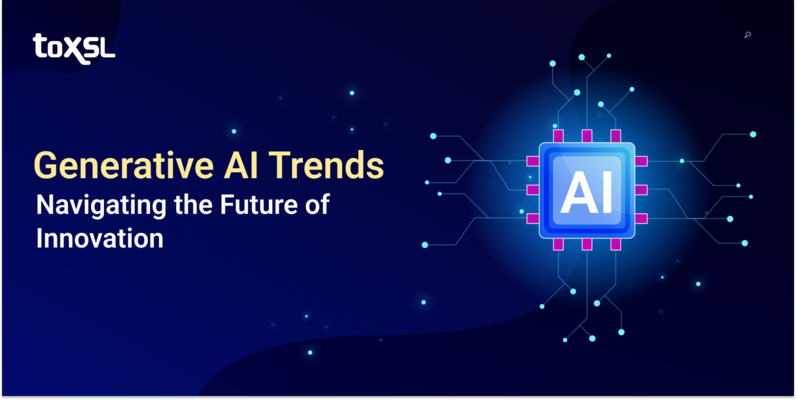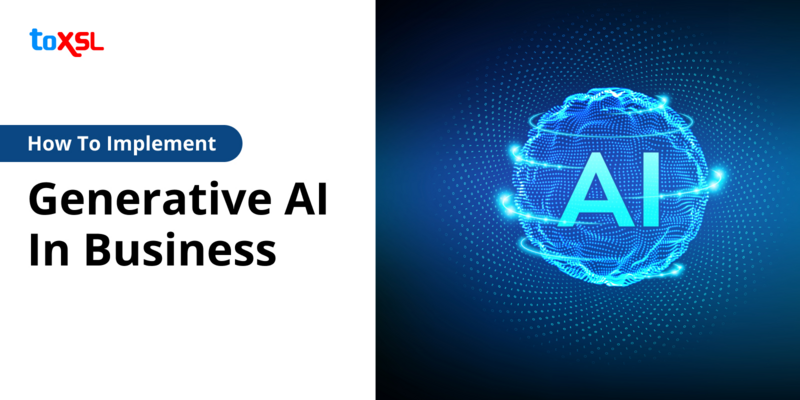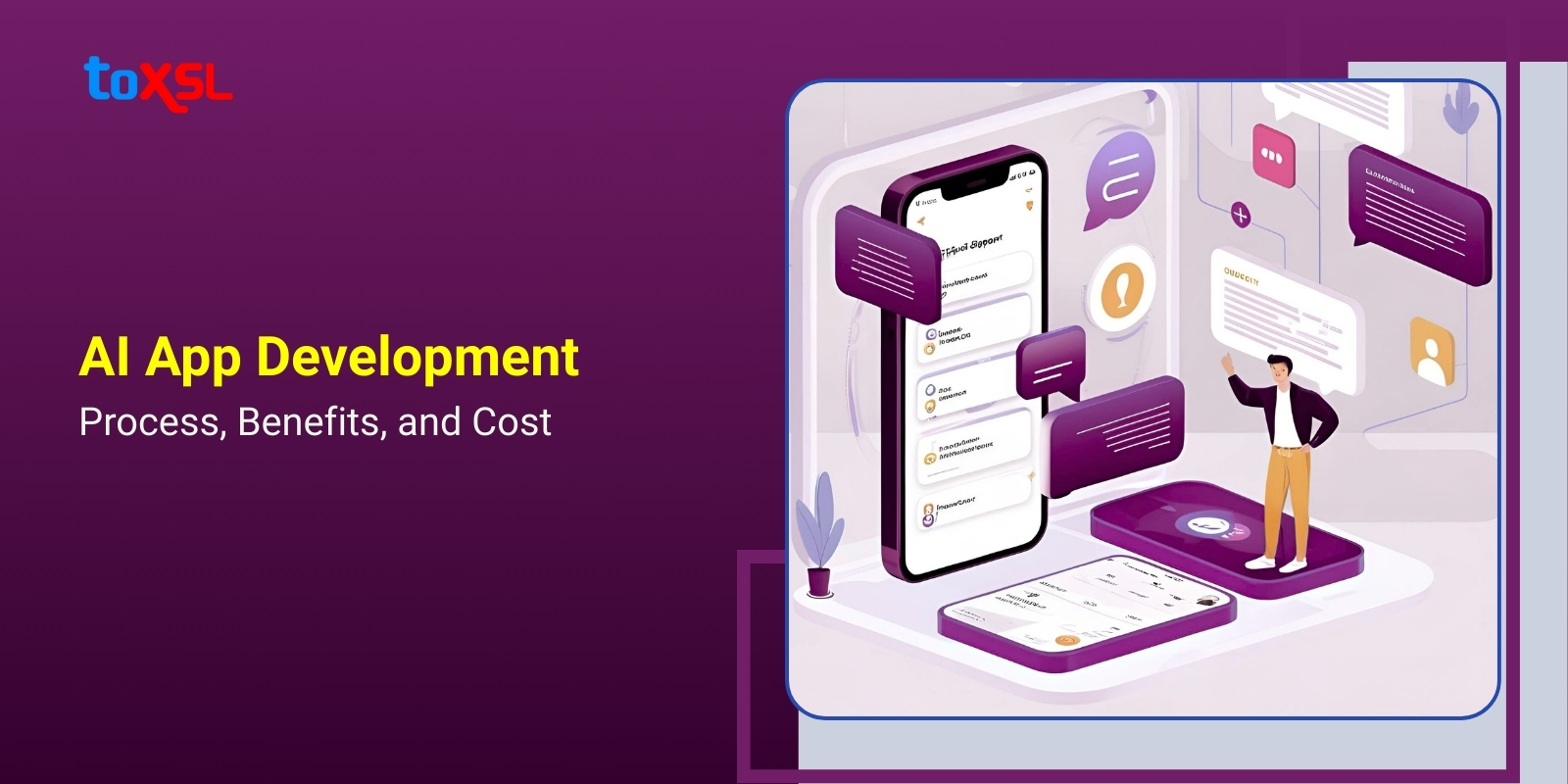
Forbes says AI is expected to contribute $15.7 trillion to the global economy by 2030. Artificial Intelligence (AI) is expected to help the world’s economy grow the most in the world.
Artificial Intelligence (AI) is very powerful and full of possibilities. It has changed the way we use technology and is becoming common in our lives. Now, we have robots that can do tasks very accurately, and self-driving cars are our reality, changing how we travel. And this is only the start. AI is not just for solving math problems, it will change how our society and economy work in the future.
Today, AI is everywhere, from large factories to small smartwatch screens. Many companies, big and small, use AI to make customers happier and to sell more products. AI is helping big companies to automate their work. Because of this, businesses that want to stay successful should consider using AI.
Further, the use of cloud services is increasing, and many people want AI virtual assistants. These are two big reasons why AI is growing quickly. Companies use AI to offer services that are made just for each customer. This will keep growing because good customer service matters a lot.
So, the next question is, "How can we develop an AI app?"
Understanding Artificial Intelligence
Artificial intelligence (AI) is a field of computer science that focuses on making computers think like humans. It helps computers do things like recognizing patterns, solving problems, and learning new things. Let us look at the main components of AI:
- Learning: Computers learn differently from people. There are many types of computer learning, and learning for AI is very important. AI learns by trying different ways to solve a problem and remembering what works. It saves the good solutions touseagain later when it faces the same problem. This kind of learning is like memorizing things, such as words or answers, and is called rote learning. Later, AI can use what it has learned to solve new problems by using a method called generalization.
- Reasoning: Reasoning is an important skill for artificial intelligence (AI). It helps AI make decisions that fit the situation. There are two types of reasoning: deductive and inductive. Deductive reasoning is often used in computer programs and can solve problems with sure results. For example, if an accident happens because of instrument failure, that is an example of inductive reasoning.
- Problem Solving: AI can solve basic problems, especially when it needs to find an unknown answer using data. AI solves many problems in different ways. There are two main types of problem-solving methods in AI: special-purpose and general-purpose. A special-purpose method is designed to solve one specific problem, often using details from that problem. A general-purpose method can solve many different kinds of problems. AI also helps programs move closer to their goals step by step by reducing the gap between the current situation and the desired result.
- Perception: Artificial intelligence’s “perception” part helps it look at and understand its surroundings using different sensors, like eyes or ears. Inside, it can study what it sees and figure out how things are connected. This can be hard because objects that look the same might appear different depending on the angle or time.
- Language Understanding: Language is a system of signs that work together. Understanding language is an important part of artificial intelligence (AI). AI can understand different types of language, including natural meanings like exaggerations. English is an important language because it helps us tell things apart. AI is made to understand English, which is a common human language. This helps computers understand and run many different programs easily.
How to develop an AI app?
Here are a few steps that will help you develop an AI app:
Know Your Requirements: First, decide what problem you want to solve before you build an AI app. Think about what the app will do and how you will use AI technology. What results do you want? How will it help you? When you know the problem and idea, you can write down what the app needs to do. This helps developers understand the goal and choose the right tools and technology. During planning, you should also:
- Choose your team, including technical people like programmers and data engineers, and non-technical people like project managers and business analysts.
- Talk with your team about the work schedule.
- Start collecting the data needed to build the AI or machine learning model.
To make your AI app successful, it is very important to set clear goals at the start. As Tony Robbins says, “Setting goals is the first step in turning the invisible into the visible.” These goals will guide your work, keep the team focused, and make sure everyone understands the plan.
- Data Preparation: Collecting and preparing data is very important for building AI applications. Even the best AI models need good data to work well. It is better to have high-quality data than just a large amount because bad data can cause big problems and cost a lot of money.
- Right Tools: The success of your AI app depends on choosing the right tools to build and train your models. These tools should match your business needs and work well with your current systems. The right tools help you build faster and make your AI work better. Here are some popular AI tools:
- TensorFlow: A free tool from Google. It is good for building machine learning models, especially for hard tasks like recognizing pictures. For example, Airbnb used TensorFlow to organize photos better. It also has a system called TensorFlow Extended (TFX) to help manage models from start to finish.
- PyTorch: Made by Facebook, PyTorch is easy to use and flexible. Researchers like it because it helps them try new ideas quickly. However, it is mostly used for research and may not be best for big business projects.
Designing and Training: The design phase starts by planning how your AI model will work to solve the problem. Here are the few models that businesses can choose:
- Supervised learning: Use supervised learning when you have data with known answers. It is good for tasks that need accurate results, like face recognition or weather prediction.
- Unsupervised learning: Unsupervised learning helps you find hidden patterns or groups in data. It helps with tasks like sorting similar items or spotting unusual data.
- Reinforcement learning: Reinforcement learning helps the model learn by trying actions and getting rewards. It is useful for robots and games where the AI needs to make decisions.
After choosing the right model for your business, the designing and training process is then followed by choosing the right model architecture including Convolutional Neural Networks (CNNs), Recurrent Neural Networks (RNN), and Generative Adversarial Networks (GANs). Once you have selected the right model, you can proceed further by cleaning the data and preparing it for training purposes. After cleaning data, businesses can proceed further with integrating the model.
Model Integration: Putting your AI model into your app is a very important step. This step decides if your AI will make the app better for users or if it will not work as expected. You need to decide where to put the AI model: in the front-end or the back-end of the app. Usually, AI models are placed in the front end so they can interact directly with users. But some models, like speech recognition, work better in the back-end because they need more power and accuracy.
Model Testing and Deployment: Once the model is integrated, it is crucial to test the model. There are three primary types of testing including unit testing, integration testing, and user acceptance testing. Once testing is done, developers can deploy the app on the production environment.
Cost to develop AI app.
The cost to develop an AI app in 2025 varies widely, depending on the app’s complexity, features, platform, and technology stack. Here’s a breakdown based on current industry data:
- Basic AI Apps: $10,000 –$50,000
- Medium Complexity AI Apps: $50,000 –$150,000
- Advanced AI Apps: $150,000 – $300,000+
Conclusion:
AI’s deep learning allows it to perform tasks in a way that is very similar to how humans think. This makes AI an important tool for helping businesses grow. Many industries are using AI more and more to improve customer satisfaction, which helps them stay ahead of their competitors. AI is being used in areas like finance, social media, and telemedicine, opening up new opportunities for growth and innovation. However, building AI requires a lot of experience and skill, so professionals are needed to do it well.
ToXSL Technologies is a premium AI app development company, committed to developing the most innovative solutions for businesses worldwide. With years of experience in delivering AI app solutions, our AI developers have helped businesses shape themselves and enhance their revenue.

